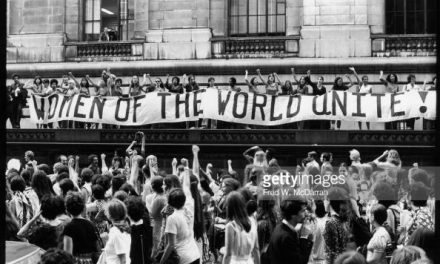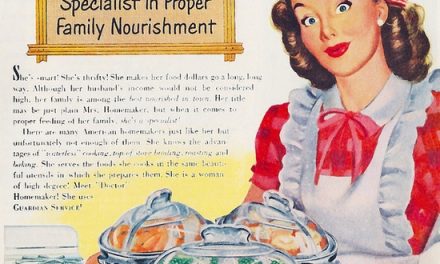
No Place for Racism in MY Workplace

As a black female about to graduate from a four year university with a degree in political communication, I often worry about my career choice. I recently interviewed for a job in New Orleans at a law firm and realized that the only other black person that I saw in the entire building with 37 floors, was the cleaning lady I encountered in the downstairs restroom. She saw I had on a pencil skirt with an ironed blouse tucked in it and asked me if I worked there. I informed her that I was actually about to attend an interview for a law firm on the 24th floor. “Oh… (long pause) well good luck with that,” she said, before she went back to cleaning the counter with her spray bottle filled with blue liquid.

The Law Society of Upper Canada (LSUC) wrote a report describing who made complaints about discrimination and harassment in the legal industry, and why they made these complaints. They found that in 2012, 78% of the complaints were made by people who identified as female and that 22% of the complaints were made by people who identified as male. They also found that about 50% of the complaints made were based on sexism and that 16% of the complaints made were based on racism. Let that sink in. About half of the complaints deal with sexism and around half of the other half of complaints were regarding racism. Here I am, a black (the minority) female (the minority) getting ready to go into this field of work. It is my hope that you can see where the concerns of the cleaning lady and I are stemming from.
An anti-racism protest by the Society of Black Lawyers occurred because these black lawyers felt as if they were being targeted by the Solicitors Regulation Authority (SRA) based on their race.
Intersectionality refers to how oppressive institutions are unified and should not be examined as separate entities. Basically, oppressive institutions like racism, sexism, and genderism, should be examined together rather than separately. When considering the parallels between racial discrimination and gender discrimination, I often think of law enforcement. My father is a cop and he often shares stories with me about how he has witnessed his white counterparts target black men. An article published by the Constitutional Rights Foundation states that “blacks are only 12 percent of the population and 13 percent of drug users, but they constituted almost 1/3 of those arrested in 2010”. Here, let me help you with that math just in case it went over your head. Imagine a room with 1000 people in it. If we apply the previously mentioned statistic to this room, we would find that only 120 of those people in the room are black. If we said (hypothetically of course) that every person in that same room did drugs, and we applied the previously mentioned statistic to this room, only 130 of those people in the room would be black. Now, let us say we apply that same statistic to 1000 people being incarcerated for drug use. Of those 1000 people, about 333 of them are expected to be black. Isn’t that just lovely?
I received a call this week from the law firm saying that I received the job. I accepted it for two reasons. One, I worked my (butt) off for the past four years to receive this degree. Two, I am not just a statistic. I refuse to let me being a minority halt me from being the best I can be. In my world, there is no place for racism in my workplace. In my world, there is no place for genderism in my workplace. In my world, there is no room for sexism in my workplace.








